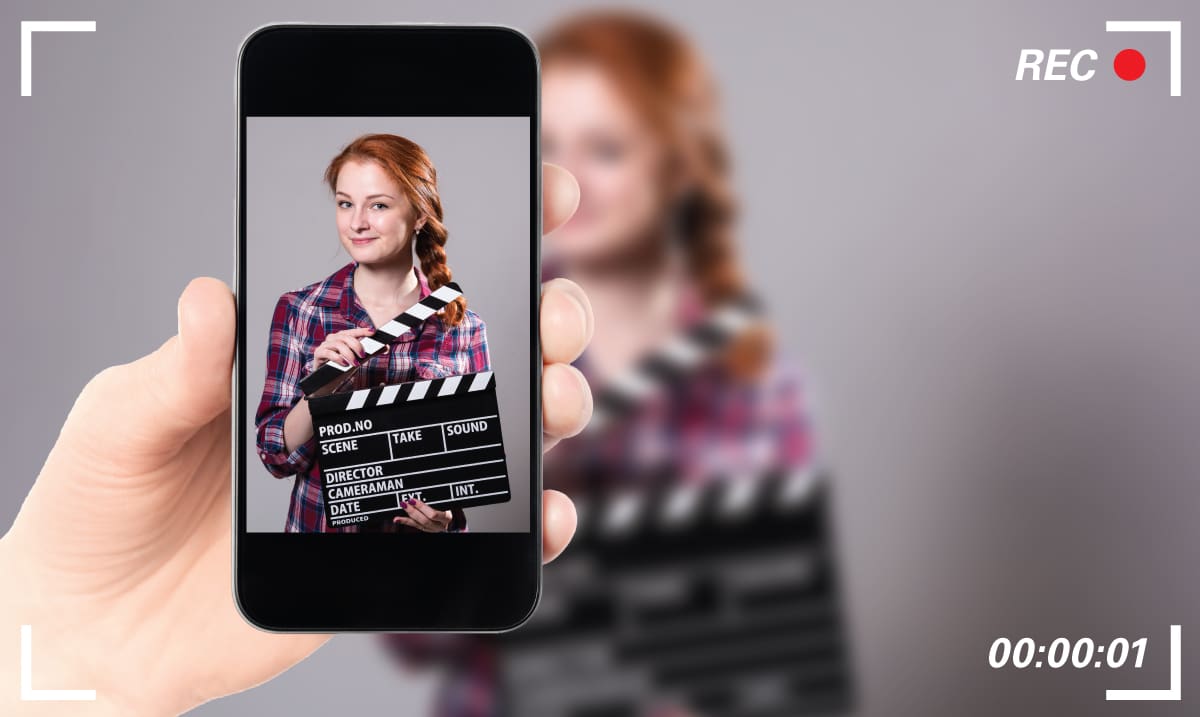Whether you’re snapping a selfie or filming a video, most people naturally hold their phones vertically when capturing content to share on social media. (Who can be bothered to flip the phone horizontally?) While this approach makes professional videographers cringe, the shift from wide to tall is here to stay…and brands are getting on board.
Fullscreen vertical content has already had huge success on Snapchat—their CEO shared that vertical video ads are nine times more likely to be watched than the typical horizontal (landscape) ads found on most other sites and apps. Now Facebook is following suit. The platform launched vertical video ads early this month, and they’re already seeing impressive performance—more views, sharing, and overall engagement.
For users, vertical video ads feel more personal, better immersed into their newsfeed, and less disruptive to their social experience. And it’s a welcome change from turning the phone sideways to expand a video into fullscreen, watching a small box sandwiched between two black bars, or just ignoring the ad altogether.
With mobile ads constituting close to 85% of Facebook’s advertising revenue, brands that think vertically and adapt their content strategies will win over Millennial and Gen X audiences. Shooting vertically requires a different approach to storytelling, production setup, and editing. You can’t just take a 16:9 clip and morph it into a new version. But considering that mobile users spent 150 minutes per day on vertical screens last year, this investment (and of course plenty of experimentation) in fresh creative should pay off big time.

